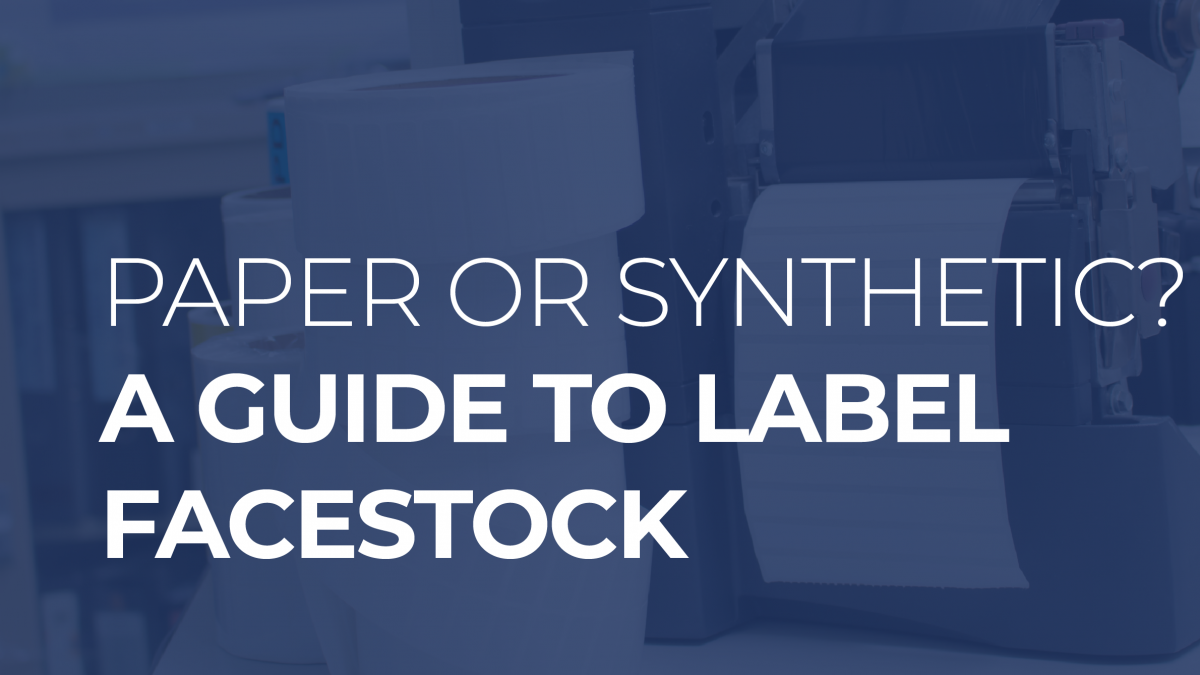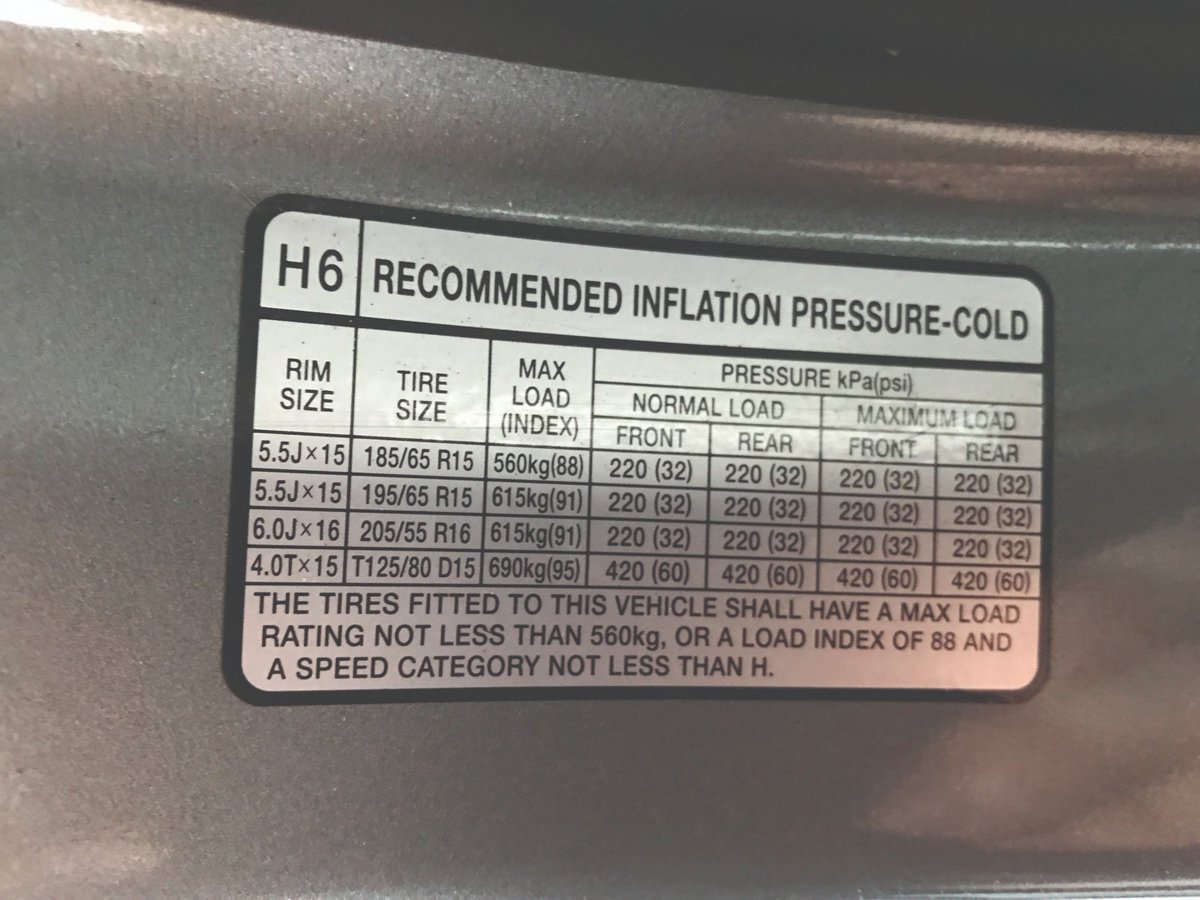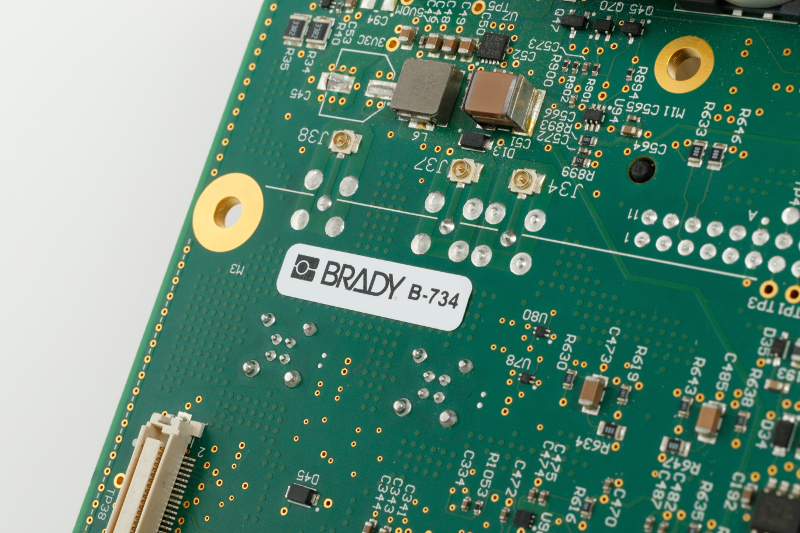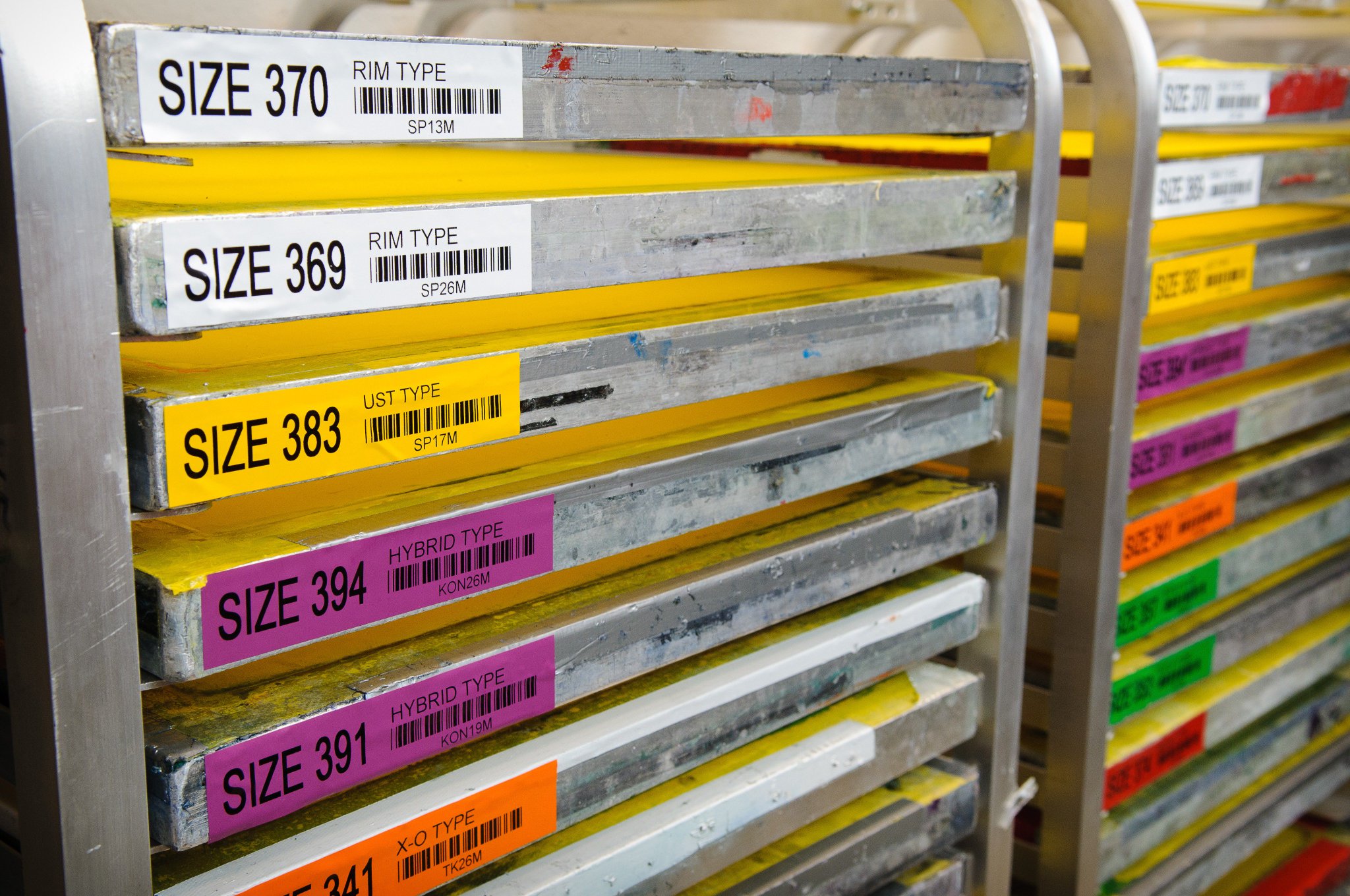Paper or Synthetic? A guide to Label Facestock
Paper or Synthetic? A Guide to Label Facestock
What is Facestock?
Facestock is the material that holds ink on one side and adhesive on the other, making it the core of any label construction. Just as there are a variety of label adhesives, facestocks come in a range of materials. Understanding the differences and advantages of these materials is critical to choosing a label that's right for your application. There are two general categories of facestock: paper and synthetic. Each type has distinct features and advantages.
Paper Stock
A black paper label on a beer can.
Wood fiber is the main component of paper facestock. Because wood is a relatively inexpensive material, paper is often the most affordable choice. However, there is a tradeoff: decreased durability. Paper is more susceptible to damage by moisture, heat, and tearing than its synthetic counterparts. Applying a topcoat or laminate to paper face stock can give it increased resistance and durability.
Paper is the most common type of facestock, which means that it is readily available in a variety of weights and colors. Despite its lower durability, some people desire paper facestock due to its unique aesthetic qualities. This makes it popular for product labeling and marketing.
- Cost-effective
- Wide range of potions in terms of color, finish, weight
- Low innate durability
- Unique aesthetic qualities make it popular for Brand Labeling
Synthetic Stock
Plastic polymers are the main component of synthetic stock. The type of polymer dramatically affects the characteristics of the stock.
Polyester (PET)
A metallized polyester label inside a car door.
Polyester facestock is among the most durable on the market. It provides excellent chemical and UV resistance, as well as heat resistance up to 302°F. They are incredibly long-lasting: with an outdoor lifespan of up to 10 years. Because of their durability, many UL approved labels are polyesters.
Polyester is a material that has "memory." If able, it returns to its original, flat state. Because of this, it is incredibly resistant to creasing and mechanical wear. However, it is also less suitable for application on curved surfaces.
- Chemical and UV Resistance
- Oil and Water Resistance
- Outstanding Temperature resistance
- Crease resistance
- Ideal for Product ID
Polyimide (PI)
A polyimide label on a printed circut board (PCB).
Polyimide facestock is like polyester in that it has very high chemical, moisture, and UV resistance. However, polyimide labels are specially engineered for long-term temperature resistance, making them ideal for electronics and circuit board labeling. Polyimide stock remains white and legible, where other stocks would shrink and turn brown. Some polyimide stock can even withstand molten solder.
- Like Polyester
- Specialized for long-term, high-temperature conditions
- Ideal for PCB Labeling
Polypropylene (PP)
A polypropylene label on a cryovial.
Polypropylene facestock is the happy medium between cost-effective and durable. Because it offers durability in a variety of conditions, polypropylene facestock is considered a more affordable alternative to polyester.
Polypropylene facestock offers many of the same benefits of polyester, but it is generally less durable and has a much shorter lifespan. It is a popular choice for retail products, mainly due to its moisture-resistant properties.
Polypropylene is also well-suited for labeling in cold environments and is sometimes used for cryovial labels.
- Like polyester but generally less durable
- Ideal for Cold-Temperature Applications
Polyvinyl Chloride / Vinyl (PVC)
Vinyl labels on warehouse storage racks.
Vinyl facestock easily conforms to irregular, curved, or rough surfaces. The stretchy film also has superior oil and chemical resistance, as well as unparalleled outdoor durability. It is perfect for warehouse labeling, where durability amid changing conditions and heavy usage is a necessity.
- Stretchy and Flexible with high conformability
- Oil and Chemical Resistance
- Ideal for Warehouse & Inventory Management
Choosing the Right Label
Label facestock is a critical aspect of any label construction. Some facestocks are well-suited for general purpose labeling, such as paper and polypropylene. Others are ideal for specialized applications, such as polyimide.
Ready to find out more? Our label experts are here to help.





